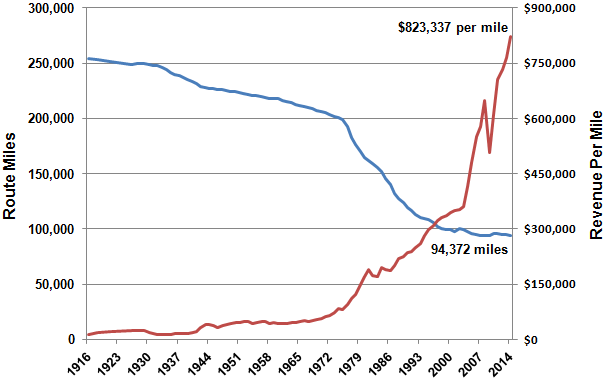Sit back, relax, and sip some Tesla koolaid while you read this article about the I-95 Snowjam from Powerline:
POSTED ON JANUARY 5, 2022 BY PAUL MIRENGOFF IN ELECTRIC VEHICLES, ENERGY POLICY, ENVIRONMENT
It must have been awful, but it could have been worse. And, as Charles Lane explains, it would have been much worse if there had been many more electric vehicles (EVs) in the traffic jam.
Lane writes:
Moreover:
Yeah. Thanks but no thanks. I'll keep my gas-powered pickup for awhile longer.
POSTED ON JANUARY 5, 2022 BY PAUL MIRENGOFF IN ELECTRIC VEHICLES, ENERGY POLICY, ENVIRONMENT
VIRGINIA TRAFFIC JAM PROVIDES REMINDER OF LIMITATIONS OF ELECTRIC CARS
Scott has already mentioned the 48-mile traffic backup that occurred in Northern Virginia yesterday. Reportedly, cars were stopped on I-95 for more than 24 hours in freezing temperatures.It must have been awful, but it could have been worse. And, as Charles Lane explains, it would have been much worse if there had been many more electric vehicles (EVs) in the traffic jam.
Lane writes:
Lane continues:Sometime after 3 a.m. Tuesday. . .a long-haul trucker from Canada heard a knock at the door of his cab. It was one of the hundreds of other motorists stuck in subfreezing temperatures with no food or water.
The supplicant was “driving a Tesla,” recounted the trucker, who told the story on Twitter under the handle My World Through A Windshield, “and he’s worried about running out of power in the cold. [It’s] 19°F or -7°C. He’s a nice guy who was worried about his kids. I gave him some water, a spare blanket and [a] thermal/mylar blanket.”
To be sure, cold also affects the performance of gas-powered vehicles and many were left stranded in Virginia after they ran out of fuel or their batteries died. But, says Lane:The not-so-unprecedented event — essentially a repeat of what happened on a wintry night in the D.C. area 11 years ago this month — therefore provides a reality check on the push by government and business to electrify cars and trucks.
It is a scientific fact that batteries of all kinds lose capacity more rapidly in cold weather, and that includes the sophisticated lithium-ion ones used by Teslas and other EVs. Carmakers can, and do, mitigate cold-weather “range anxiety” through various technologies; Tesla is touting a new “heat pump” to extend winter range. Drivers can save battery power by, say, turning off the heat. The issue cannot be eliminated, however, as Tesla acknowledges on its corporate website.
It’s a hassle in ordinary winter situations but potentially much worse than that on a night like Monday.
Any EV driver stuck on I-95 was right to be anxious — not only about a rapidly dying battery but also about recharging it. Cold would make that process much more time-consuming, assuming there was a charging station nearby, and that the electric power system hadn’t gone out (as it did in parts of Virginia on Monday).
But what about frozen Norway, where the EV share of new car sales was 65 percent in 2021 thanks to massive subsidies — ones far larger than those contemplated in the stalled Build Back Better legislation? Norwegians may be susceptible to bribery, but they aren’t stupid. As Lane points out, “internal combustion models still account for 85 percent of vehicles on Norway’s roads, partly because those Norwegians who bought EVs generally did so in addition to an ICE car they already owned.”All else being equal, though, cars and trucks with internal combustion engines (ICE) would have the advantage in coping with a sudden challenge such as the I-95 fiasco. It is much easier to rehabilitate a disabled ICE vehicle. Rescuers can deliver gallons of gas in convenient jugs; gas stations are still far more numerous than EV charging stations; and ICE car batteries can be jump-started in minutes.
Absent some breakthrough in mobile charging technology, out-of-juice EVs in out-of-the-way places will need a tow. If Monday’s nightmare had been an all-electric affair, they might have littered the highway for miles.
Moreover:
Lane concludes:[Norway’s] government is planning to scale back EV purchase incentives because of the cost, which reached $3.4 billion in 2021. Even Norway, which has accumulated a $1.4 trillion sovereign wealth fund through fossil fuel exports, can’t afford unlimited green subsidies.
The point is that when people invest their money in a vehicle, they expect to be able to count on it even in extraordinary conditions.
Mass adoption of EVs, and the hoped-for cut in greenhouse gas emissions, thus hinges on the availability of EVs that can do everything existing ICE models can, all the time, for the same price and total cost of ownership, with no extra “hassle factor” — in all kinds of weather.
And like that Tesla driver on I-95 in the wee hours of Tuesday morning, we’re not there yet.
End of article.
Yeah. Thanks but no thanks. I'll keep my gas-powered pickup for awhile longer.



























































